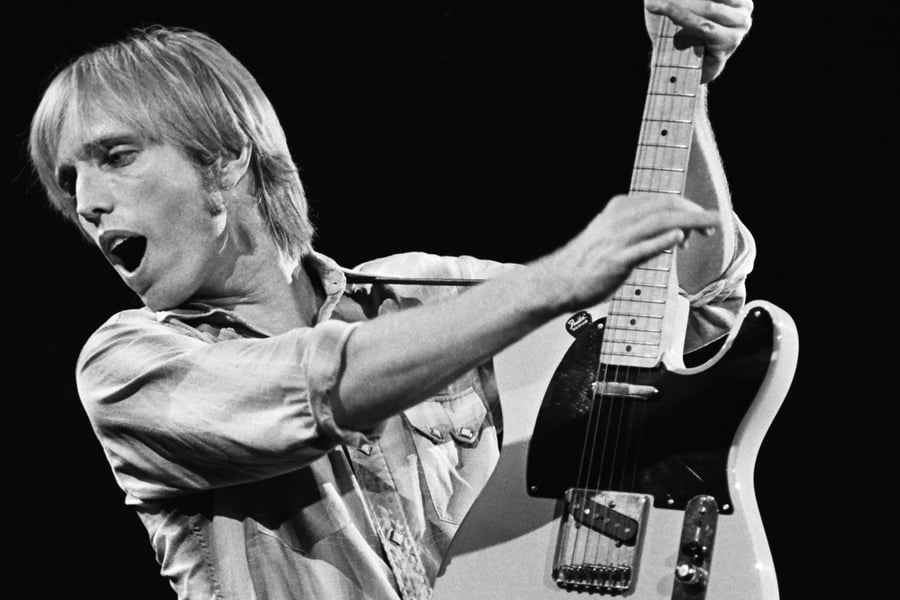Tom Petty’s 50 Greatest Songs
His hits have defined rock radio since the Seventies, and he never stopped writing great music. Here’s the definitive guide to his best songs

“It’s a strange to say out loud, but I always felt destined to do this,” Tom Petty told Rolling Stone‘s David Fricke in 2009. “From a very young age I felt this was going to happen to me.” From his early days as a hard-jangling realist amidst the fluff-addled Seventies, Tom Petty was always one of rock’s most enduring Everyman heroes, as well as one of the preeminent songwriters of his generation. A Tom Petty and the Heartbreakers show could reach the two-hour mark and not make it through all of his hits and memorable album cuts, or explore every nook of his career. And he was writing classic songs right up to the end. Here’s our definitive rundown of his 50 greatest.
From Rolling Stone US




















































































